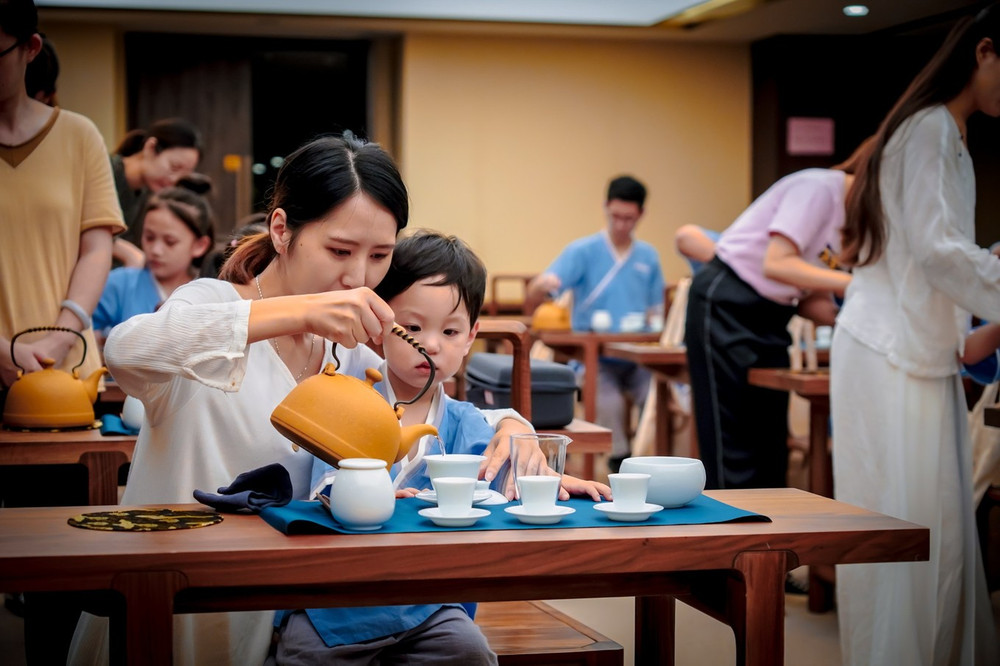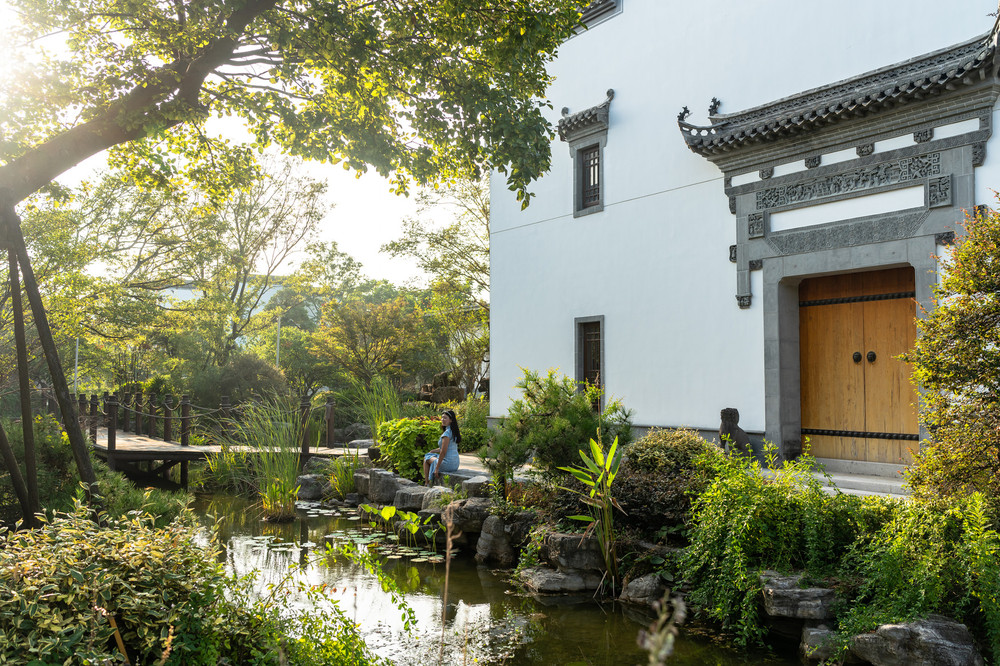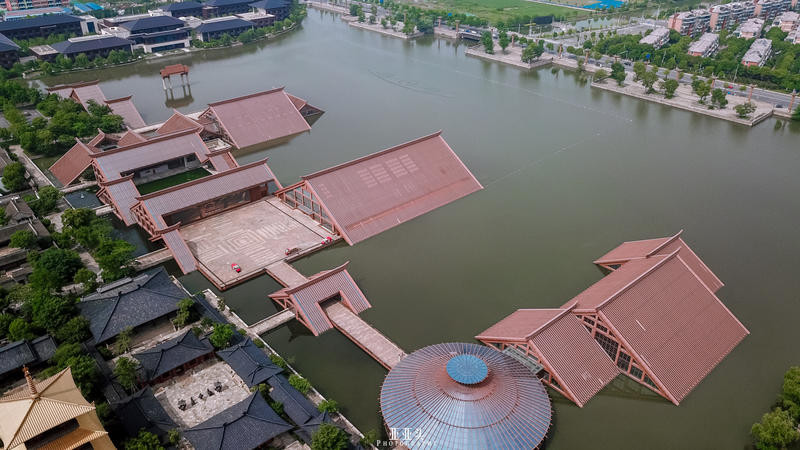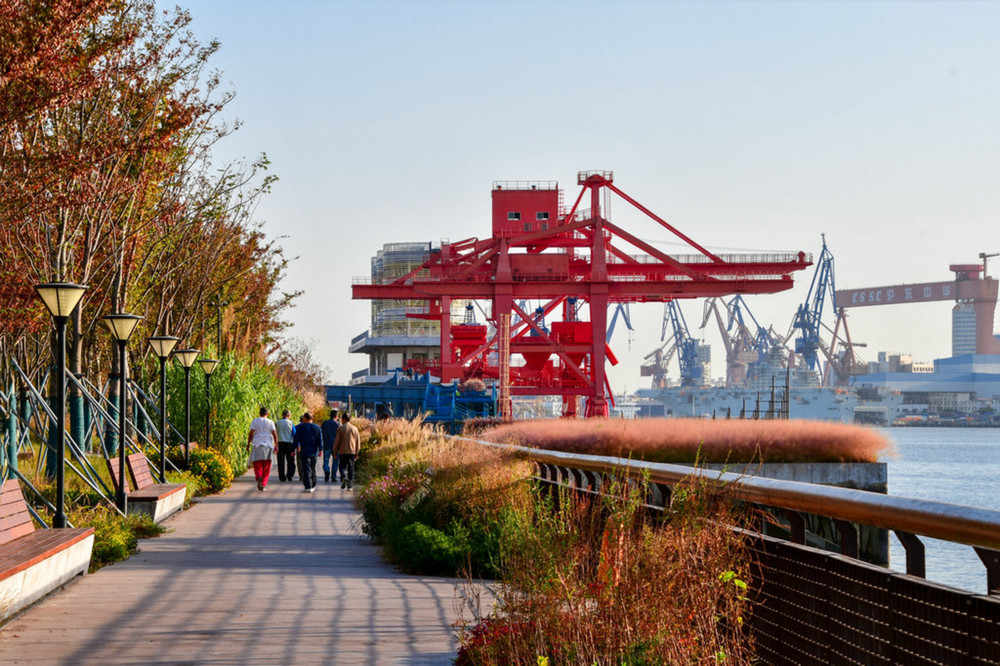**Duration: 1 Day Trip in December**
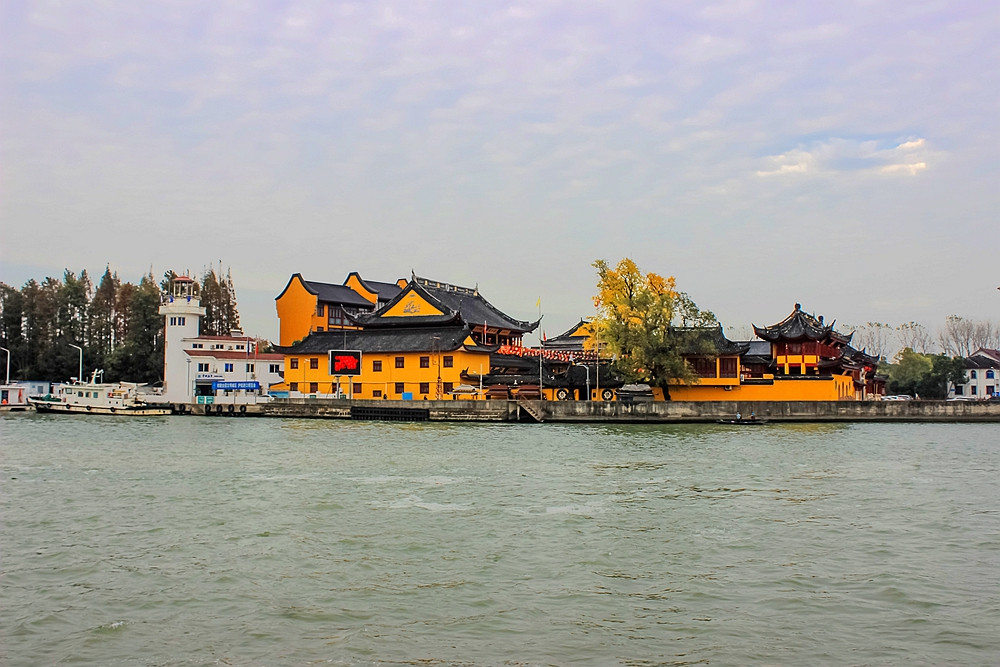
**Cost per Person: 100 Yuan**
**Travel Companion: Spouse**
**Activities: Photography, Cultural Exploration, and Free Travel**
**Visited Locations: Zhujiajiao, Jade Buddha Temple, Baoguo Temple, Oriental Land**
**Published: December 23, 2020, at 20:57**
Embarking on a journey westward from the ancient town of Zhujiajiao along the National Highway 318, one arrives at the foot of Dianfeng Bridge where the Shanghai Jade Buddha Temple’s branch, Baoguo Temple, majestically overlooks the shimmering Dianchi Lake. Originally named Guanwang Temple, Baoguo Temple is a renowned ancient temple by the lakeside, constructed during the Ming Dynasty and extensively renovated in the 13th year of the Chongzhen Emperor’s reign (1640). A stone tablet from the Chongzhen period remains preserved within the temple complex.
The temple was named ‘Guanwang Temple’ due to its enshrinement of the legendary general Guan Yu from the Three Kingdoms period. Over a century ago, Guanwang Temple was a bustling hub of worship and Buddhist activities, drawing a significant number of devotees. However, after enduring several wars, most of the temple structures were reduced to ruins, and by the end of the 1940s, only the eastern and western halls remained standing. These halls housed two stone tablets and a large bronze bell adorned with a thumb-sized golden Amitabha, a priceless artifact that was later stolen, and the bell itself met its demise in 1958.
Despite the significant damage and decline in popularity, the historical significance of Guanwang Temple persists, as evidenced by the ancient ginkgo tree that stands sentinel behind the temple. This tree serves as a living testament to the temple’s former glory and the enduring cultural heritage of the region.This ginkgo tree has a circumference of 6 meters, a height of 36.5 meters, and an east-west crown diameter of 17 meters. The tree is over 1000 years old, planted around the Five Dynasties period, and is the oldest tree in the Qingpu area. The ancient tree is located behind the front hall of Guanwang Temple and between the newly built Guanyin Hall and Heavenly Kings Hall of Baoguo Temple. Initially, it was thought that Guanwang Temple faced east towards the Lanlu Port, but the map revealed that neither the newly built Baoguo Temple nor the old hall of Guanwang Temple faced north-south directly; instead, one was slightly southeast, and the other was slightly southwest. In the past, boats traveling from Suzhou and Kunshan to Shanghai had to pass through Dianchi Lake and enter Lanlu Port. During the Ming and Qing dynasties, Guanwang Temple had stationed soldiers who patrolled the lake. This ancient ginkgo tree, located at the confluence of Dianchi Lake and Lanlu Port, was once used as a navigational marker for entering the port. In the temple’s courtyard, there is an ancient ginkgo tree that resembles a huge umbrella standing by Dianchi Lake and is now listed as a municipal cultural heritage protection unit. It provides shade for believers visiting the temple and is also a sight for tourists. A protection tablet from the 1980s and the latest protection sign are the identity cards of the ancient tree, both placed in front of the tree roots. The protection sign shows that the ancient tree’s protection number is 0004, with an age of 1000 years, and it is a first-class protected object.The ancient ginkgo tree, designated as 0004, stands tall in the Baoguo Temple and is among the eight surviving ancient ginkgo trees in the Shanghai area. In 1989, the management department expanded the ‘Yufo Temple’ branch, which is now known as Baoguo Temple, on the foundation of the Guanwang Temple near the ancient tree. They also constructed stone railings to protect and enhance the tree. Since then, the millennium-old ginkgo tree has harmoniously blended with the majestic temple buildings.
Baoguo Temple treasures this millennium-old ginkgo tree as a cherished ‘family heirloom’. The temple complex is home to numerous halls, including the Hall of the Heavenly Kings, the Hall of the Medicine Buddha, the Hall of the God of Wealth, the Hall of Guanyin, the Saint Ancestor Tower, the Wu Guan Hall, the Hall of Ksitigarbha, and the Qu Yi Academy.
The ancient and vigorous ginkgo tree is a highly ornamental feature throughout the year. It showcases the tender green of early spring, the lush green of midsummer, and the twisted black lines of winter’s roots. However, it is particularly the golden yellow of the tree during the transition from autumn to winter that captures the most attention. Currently, the leaves of this millennium-old ginkgo tree have turned a golden yellow, suggesting they may be past their peak viewing period. The golden ginkgo leaves create a golden carpet on the ground beneath the tree.
The root of the millennium-old ginkgo tree has some well-developed sucker branches, which also exhibit a bright golden yellow color. Under the tree, there is a stone statue of a monk, life-sized, with a small loudspeaker that continuously plays the sound of chanting sutras.The monk statue under the ancient ginkgo tree has a very artistic conception. The tall and straight, magnificent, and vigorous millennium-old ginkgo tree with its robust vitality is awe-inspiring from various angles. The lush branches and leaves and the golden yellow leaves covering the tree in autumn form another magnificent spectacle. There is a wide and thick crack on the trunk of the ancient tree behind, hollow enough to accommodate 2-3 people. Despite being injured, the branches and leaves of the ancient tree are still very lush. The stone statue in front of the ancient tree is slightly shorter than an adult, and the contrast shows the thick and powerful trunk of the ancient tree. Due to the ancient tree’s great height, it is impossible to view the entire tree up close. One can go to the second-floor corridor of the main hall to photograph the entire tree. On the first floor, one can view the Hall of the Heavenly Kings and follow the photography tips from friends, hehe. The second floor of the Hall of the Heavenly Kings also offers a complete view of the entire ancient tree. Address: No. 452, Dianfeng Village, Xidianshan Lake, Zhujiajiao Town, Qingpu District, Shanghai. Transportation: The nearest subway station is Line 17 Dongfang Lvzhou Station, then take a bus or taxi. The best viewing time for the ancient ginkgo tree is around December 5th.






